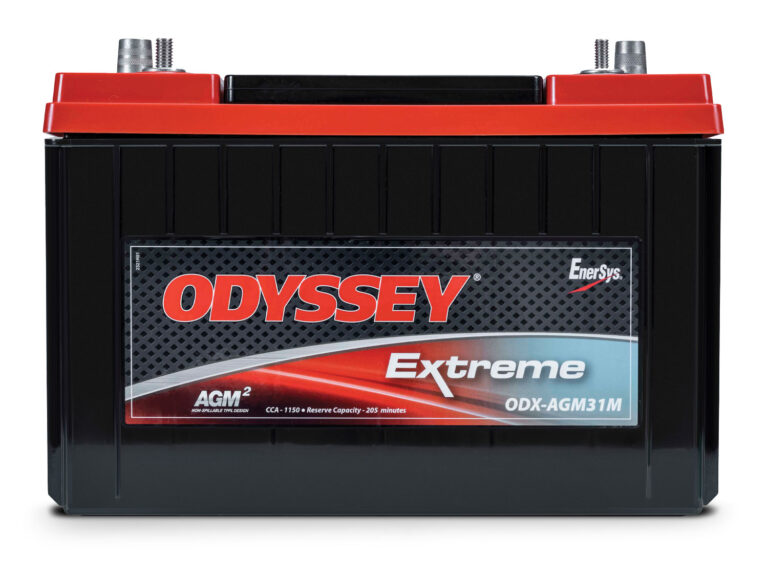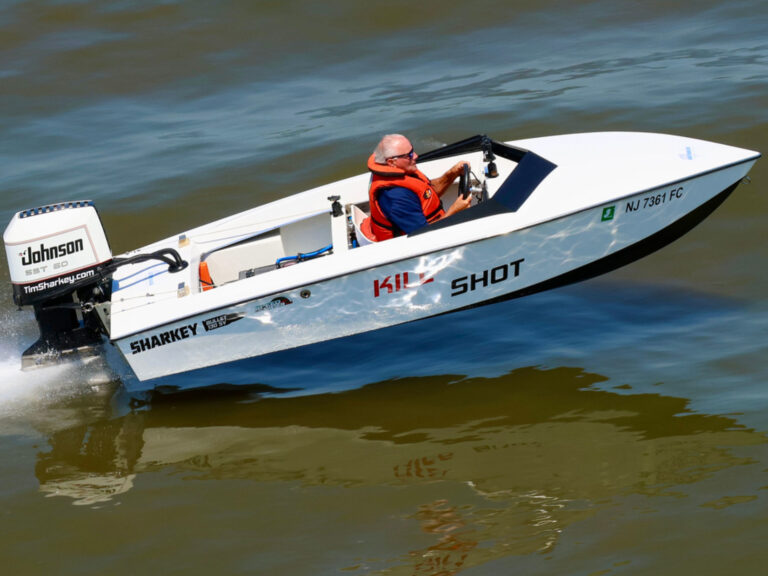Like the Twitter of the sea, the Automatic Identification System (AIS) lets you know what other boats are doing, right now while updating them on your MO. It works through dark of night, veil of fog and beyond the horizon. It’s so good at keeping track of a boat’s movements that it’s required for commercial vessels. Though not mandatory aboard recreational boats, the Coast Guard can require AIS installation aboard recreational craft at any time. To see it in action, I jumped aboard Raymarine’s SeaVee 390 with a squadron of engineers to put AIS through its paces.
Is Radar Dead?
In the bustle of Port Everglades, the value of AIS was apparent. Raymarine’s E140 Widescreen ($6,495), a touchscreen display, and AIS500 ($1,399) black-box transponder showed all other AIS-equipped boats as targets moving about a typical chart-plotter image. Instantly I knew where that tanker was headed, how fast that megayacht was moving and the name of that fishing boat, even though it was bow-on. In fact, since target vessels’ names are displayed, I could hail any of these vessels by name — or even “ping” them with a sort of text message. In dark or fog, this is prime information.
AIS also offers proximity alarms, placing a virtual barrier around your boat: If a target enters the perimeter of the range you set, the alarm goes off to warn you. Most impressive is the relative bearings feature.
Two vessels on a converging course will collide unless either the heading or speed of one boat or the other changes. It’s hard to see this tragedy occurring from a distance, and impossible in the fog. Radar makes it easier. But radar still requires you to watch over a period of time to see the convergence develop and to recognize the potential for the development in the first place. The AIS on our boat straight out told me when and where our boat and another were destined to crash. No “weather eye” required. So does AIS replace radar?
AIS will show only other AIS-equipped vessels. Radar will display almost everything. Radar must be interpreted; AIS hits you on the head. Say there’s an island in between your position and another AIS-equipped boat. Radar won’t see the boat — it will paint the island. AIS will show the boat, but not that island. So, the two are complementary.
Working over the VHF radio band, AIS sends information to and receives it from other AIS-equipped vessels in VHF range, approximately 45 miles maximum. You can display the data on a plotter, radar or computer, or purchase a standalone unit. AIS displays static information, such as the boat’s name, size and MMSI (maritime mobile service identity) number, and dynamic data like course, speed and position. Static data is input by the user, and dynamic data is generated by GPS.
What Do You Need?
Most plotters and radars built since 2008 are AIS-compatible. Many earlier models can be made AIS-ready with a free software update. Check with your manufacturer.
You’ll need a VHF antenna. Electronic signal splitters, such as that incorporated into Raymarine’s AIS500 Class B black box, allow you to share the signal with your radio. Some manufacturers suggest a separate antenna for reliability.
AIS connects to the screen by connecting the NMEA 0183 wires. Supply the AIS with 12 volts. Run antenna cable to the AIS.









